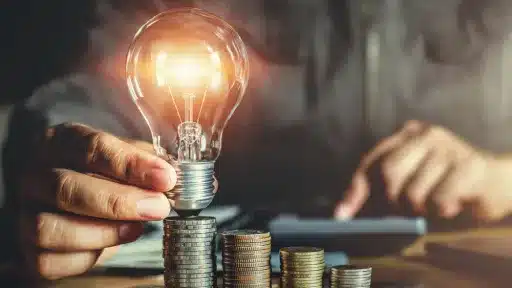Understanding what does the DOE do is crucial in today’s financial landscape, where government bodies profoundly impact economic stability and growth. The Department of Energy (DOE) plays a pivotal role not only in managing the nation’s energy resources but also in shaping policies that influence financial markets and investments. As energy prices fluctuate and sustainability becomes a priority, knowing what does the DOE do helps investors, policymakers, and citizens grasp the broader implications on the economy.
What Does the DOE Do? An Overview of Its Core Responsibilities
The DOE is a federal agency with a broad mandate that intersects energy production, scientific research, and national security. Here are the main functions that demonstrate what does the DOE do:
- Energy Policy Implementation: The DOE formulates and enforces policies to ensure a reliable, affordable, and sustainable energy supply.
- Research and Development: It invests heavily in innovation, advancing energy technologies such as renewable energy, nuclear power, and energy efficiency.
- Environmental Management: The department is responsible for cleaning up nuclear waste and mitigating environmental impacts from past energy projects.
- National Security: DOE oversees the nuclear weapons program, ensuring the safety and reliability of the country’s nuclear arsenal.
- Energy Data and Analysis: The agency collects and disseminates crucial energy statistics helping market analysts and policymakers make informed decisions.
The DOE’s Influence on the Financial Sector
So, what does the DOE do that directly impacts the financial markets? Its policy decisions shape energy prices and investment flows. For example, initiatives to promote renewable energy may attract capital into green technologies while regulatory adjustments affect fossil fuel industries. The DOE’s budget allocations and research grants can stimulate sectors related to energy production and technology development, influencing market valuations.
How the DOE Supports Innovation and Economic Growth
Another critical aspect of understanding what does the DOE do revolves around its support for cutting-edge research. By funding national laboratories and energy projects, the DOE drives innovation that leads to job creation and economic diversification. These advancements often spill over into the private sector, fostering new industries and strengthening the economic fabric.
Key Programs Illustrating What Does the DOE Do
To grasp the full spectrum of what does the DOE do, consider some flagship programs:
- Energy Efficiency and Renewable Energy (EERE): Helps develop technologies that reduce energy consumption and promote renewables.
- Office of Nuclear Energy: Focuses on safe and sustainable nuclear power development.
- Loan Programs Office: Offers financial support to innovative clean energy projects, reducing investment risks.
- Advanced Research Projects Agency-Energy (ARPA-E): Funds high-potential energy technologies that might otherwise struggle to attract funding.
Public Engagement and Transparency
The DOE also plays a role in educating the public and maintaining transparency. By publishing reports and engaging with communities, the DOE ensures stakeholders understand its initiatives and the rationale behind policy decisions. This openness is essential in today’s complex geopolitical and economic environment.
Conclusion: Why Knowing What Does the DOE Do Matters
As the global economy shifts toward sustainable energy and environmental responsibility, the question “what does the DOE do” becomes ever more relevant. Its actions ripple through the energy markets, impact government budgets, and influence technological progress. For investors, businesses, and citizens, understanding the DOE’s role offers valuable insights into future economic opportunities and challenges.
In summary, what does the DOE do? It acts as the guardian and innovator of America’s energy future—balancing national security, environmental stewardship, and economic growth. Staying informed on its activities empowers all stakeholders to navigate the evolving financial landscape more effectively.


